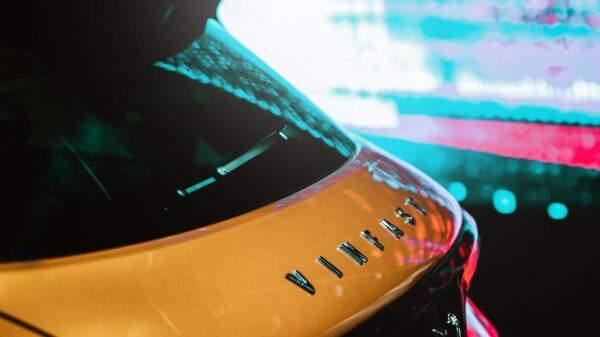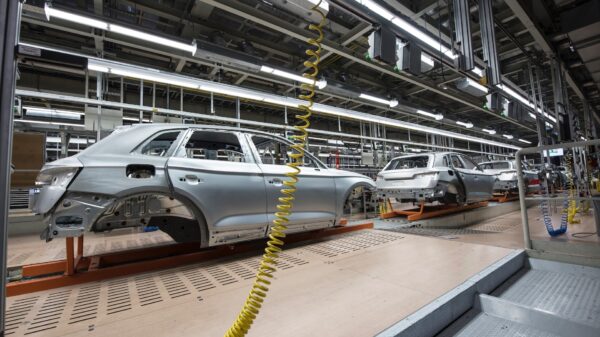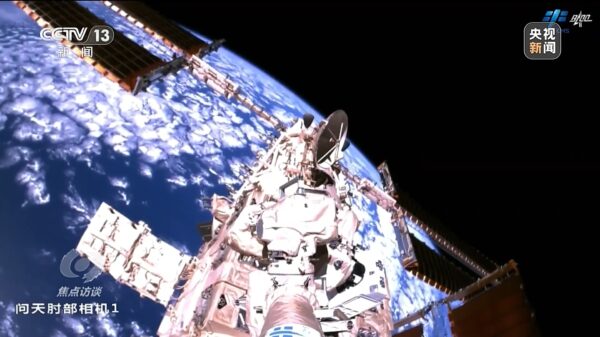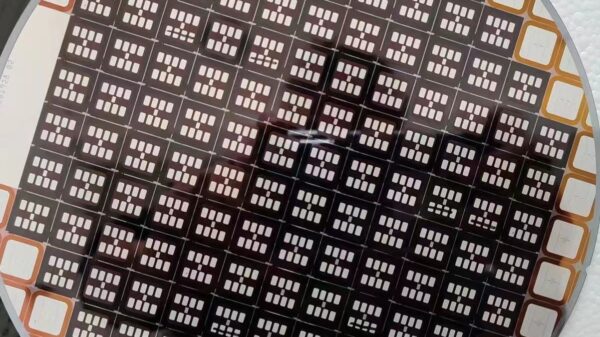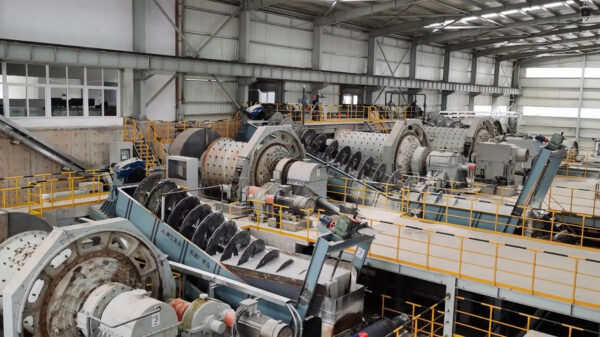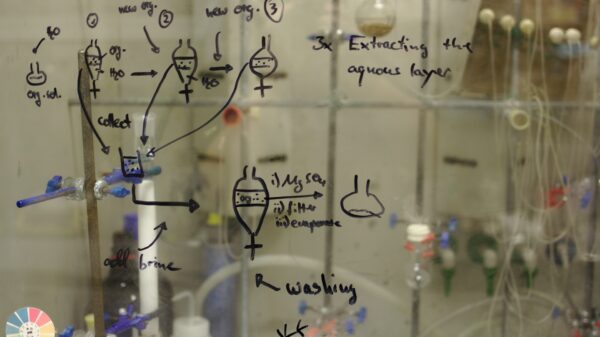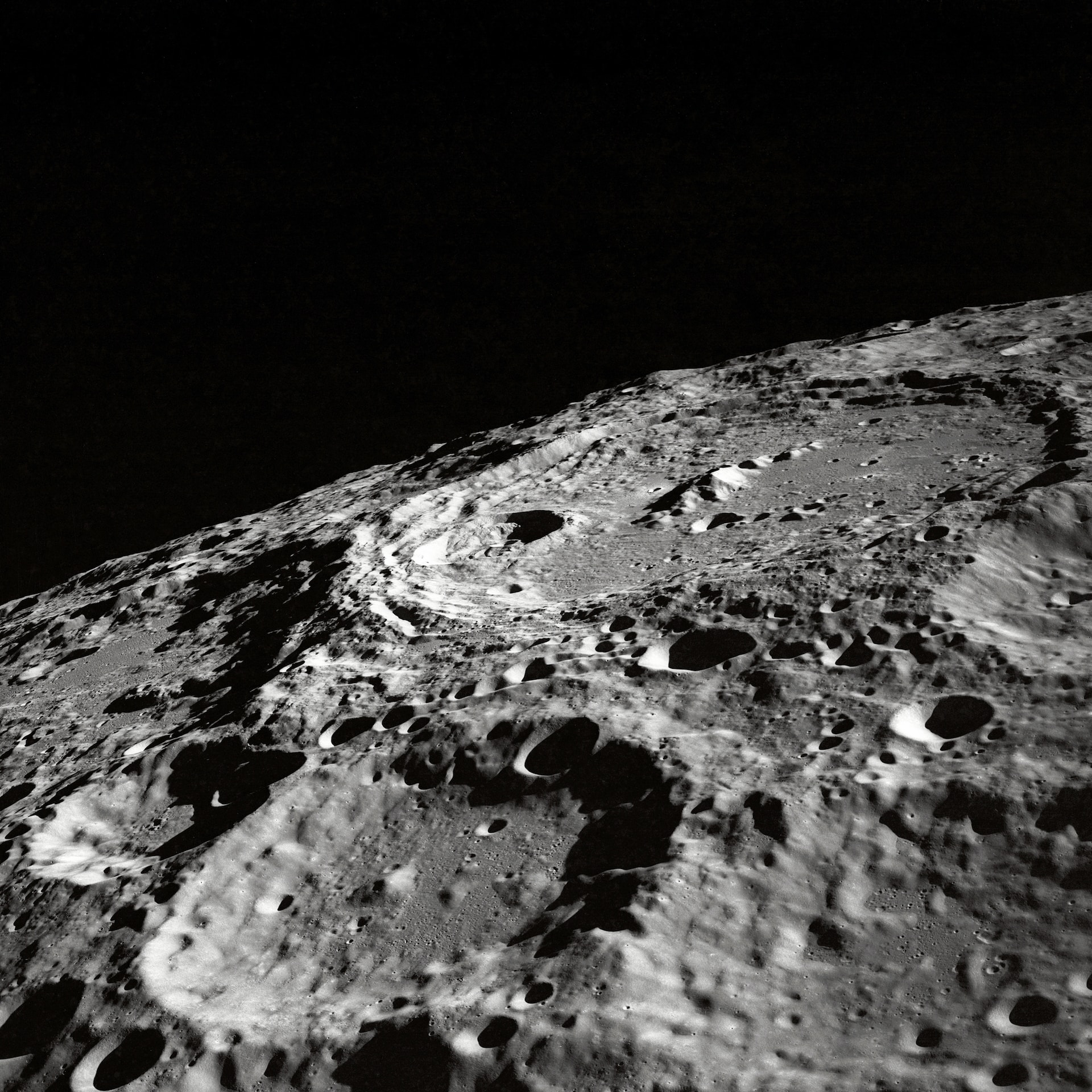In recent weeks, there has been a flurry of details emanating from China about its ambitious space plans, notably its objective to land taikonauts on the moon. A significant development within these plans involves a next-generation spacecraft set to play a crucial role in the future construction of China's space station and its lunar mission.
The pursuit of a manned moon landing forms a key part of the ongoing space race between the US and China. In light of this, China has been increasingly transparent about its lunar plans, recently unveiling a meticulous plan to land on our. . .



